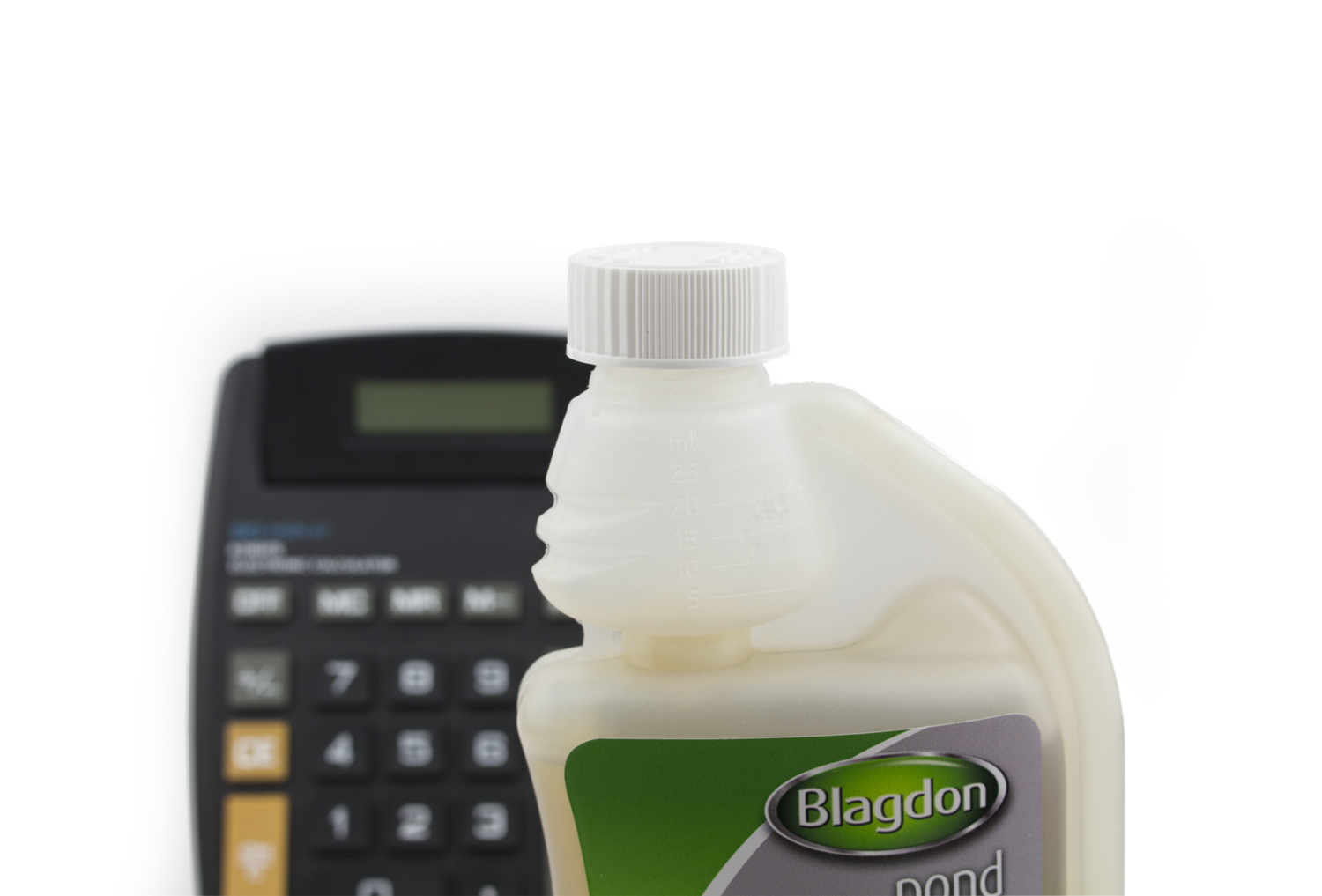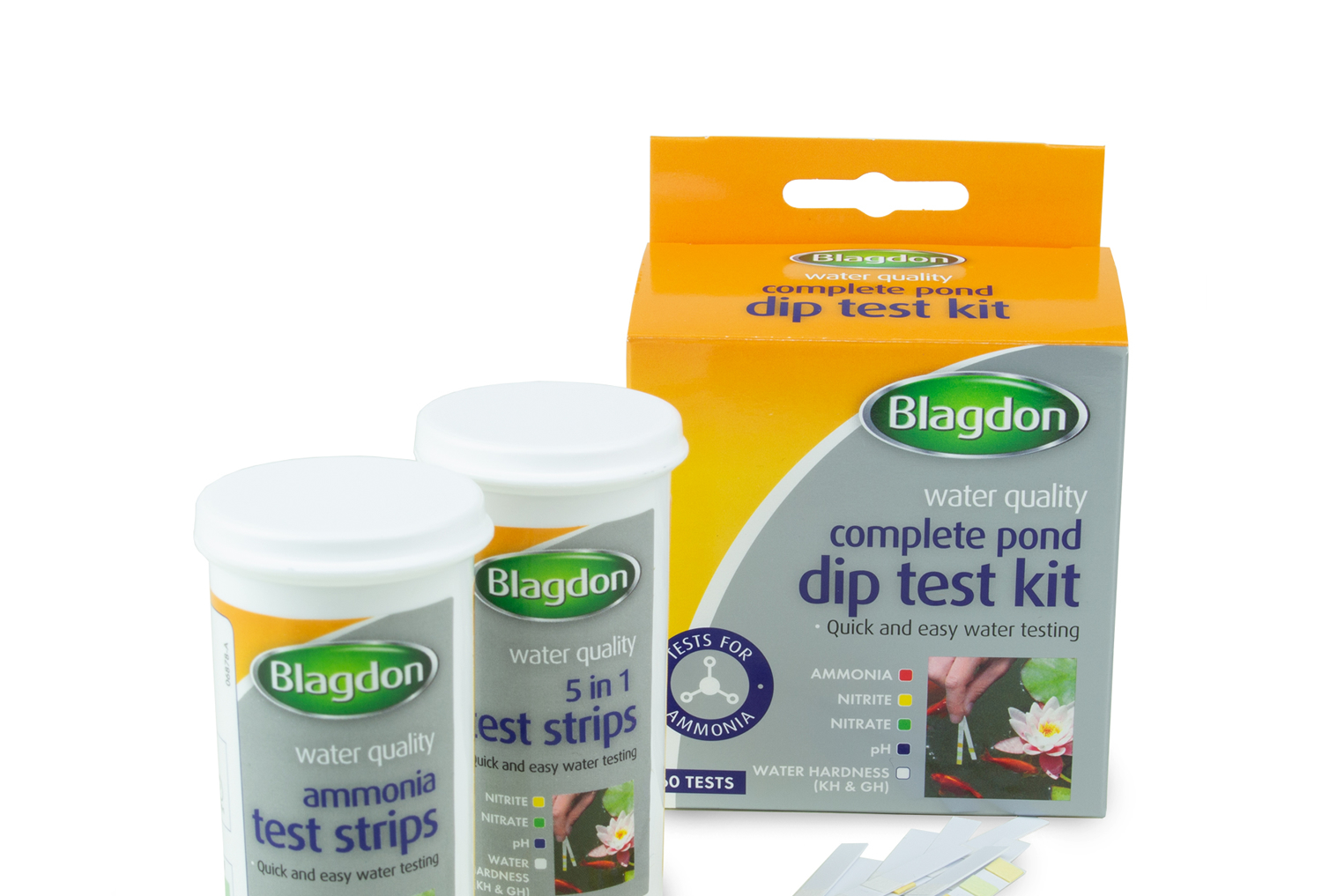How to treat Visible Parasites in pond fish
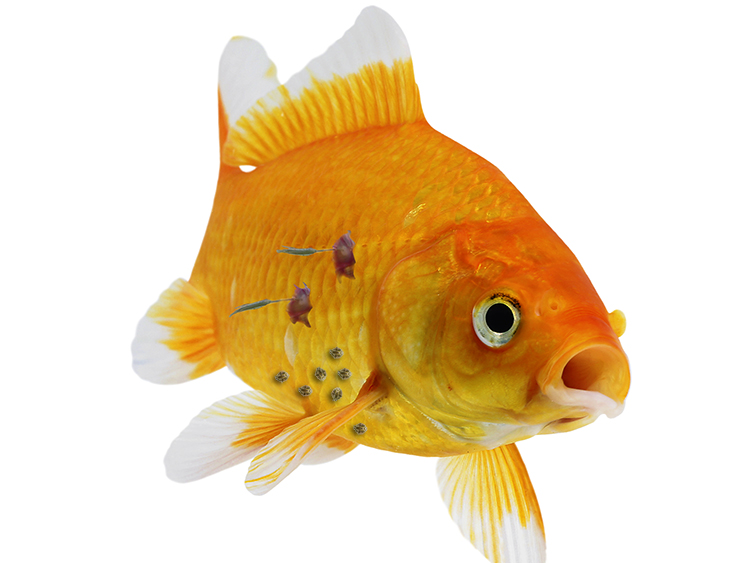
What does it look like?
- Crustaceans and leeches clinging to the fish
- Large visible parasitic creatures, worm or disc attached to the skin or fins
- Maggot like parasites visible on the gills
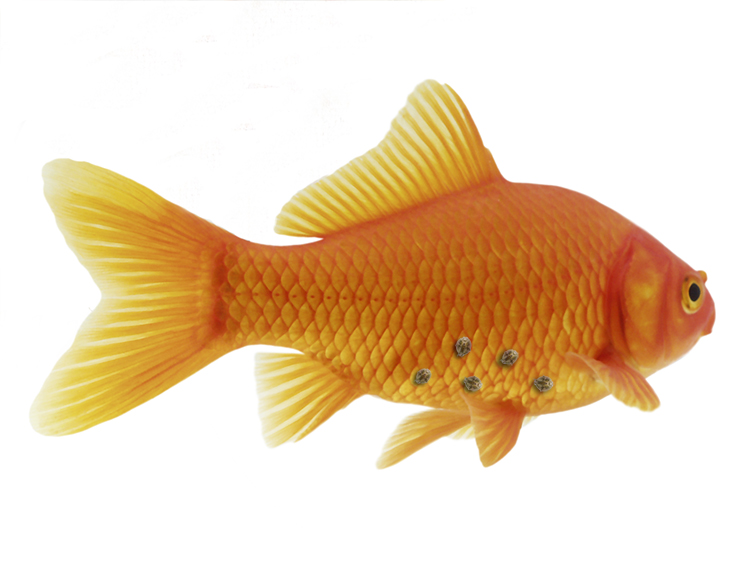
What are the fish doing?
- Acting irritable - 'scratching', jumping, twitching, shimmying
- Breathing or gasping at the waters surface
- Flicking against objects
- Gasping, rapid gill movement
- Red irritated areas on the skin
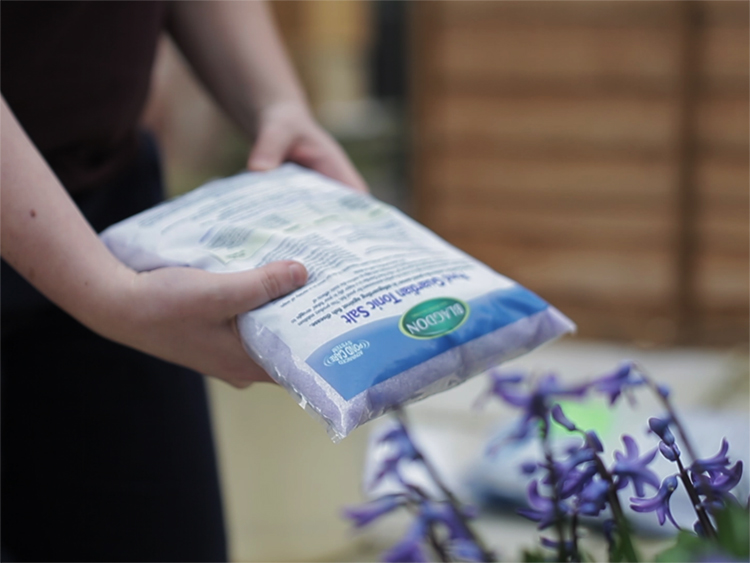
What should I do?
- Support fish's immune systems using Pond Guardian Pond Salt and read information listed below for advice on treatment"
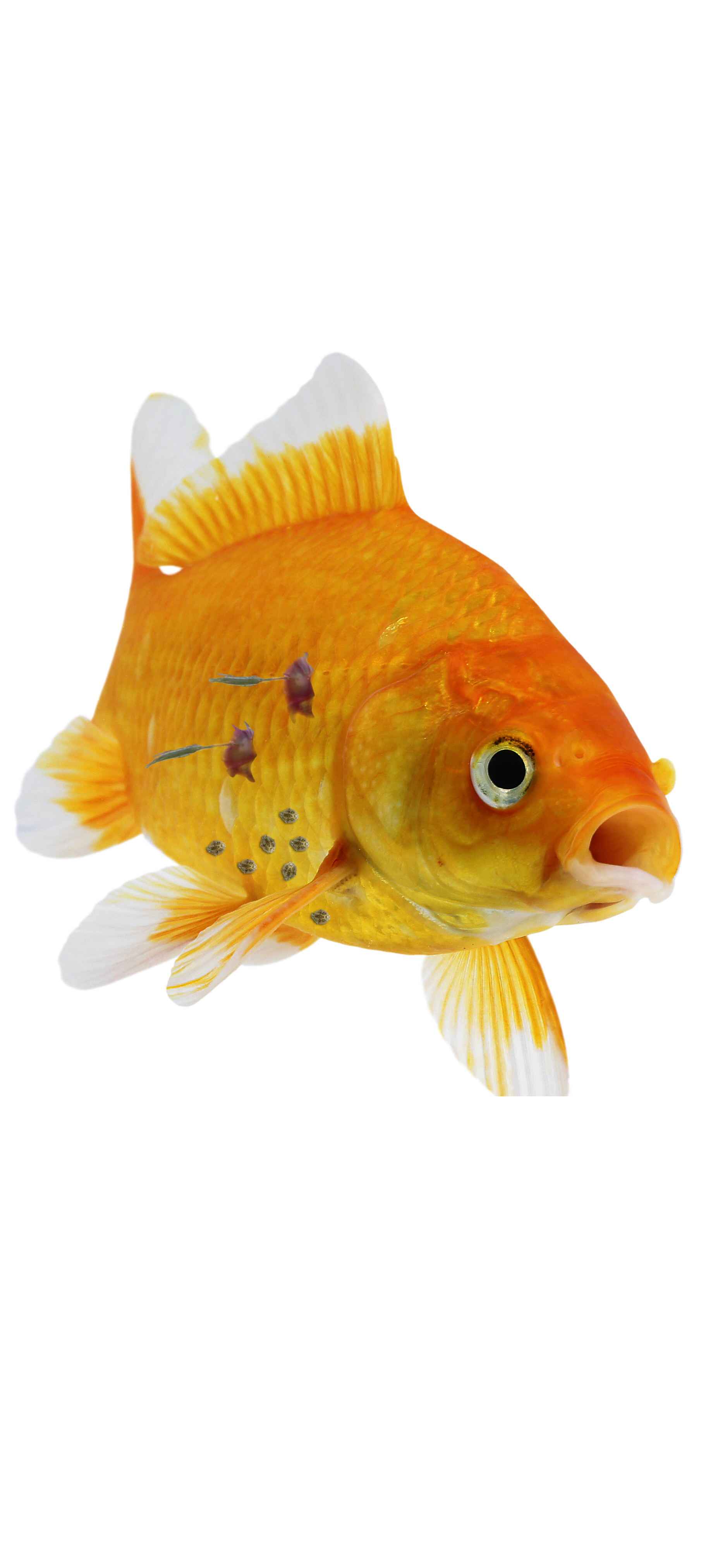
Why does this happen and how do I prevent it?
The most common forms of visible parasites are: anchor worm (lernea), fish lice (argulus), gill maggots (ergasilus), flukes, and fish leeches (psicicola) and if left untreated these parasites can cause life threatening damage. These parasites are relatively rare in ponds and normally introduced with new fish or plants – carefully inspect any new fish and consider quarantining them before adding them to the pond.
The treatments which can treat this crustacean and leech parasites in ponds are too powerful to be available without a prescription. Contact a vet to confirm the diagnosis and prescribe a suitably powerful treatment. Alternatively remove the fish to a smaller holding pond and treat with Interpet Anti Crustacean parasite aquarium treatment – drain the pond and allow it to completely dry out to kill any parasites not on the fish and disinfect plants in a solution of Interpet Anti Crustacean parasite aquarium treatment
Key areas to consider and regularly monitor to prevent future outbreaks and aid recovery:
- maintain good water quality
- test your water regularly
- consider quarantine when introducing new fish to an established community
- be aware of pollutants entering the pond through heavy rainfall, run off into the pond, wildlife and garden chemicals like pesticides
What treatment should I use?
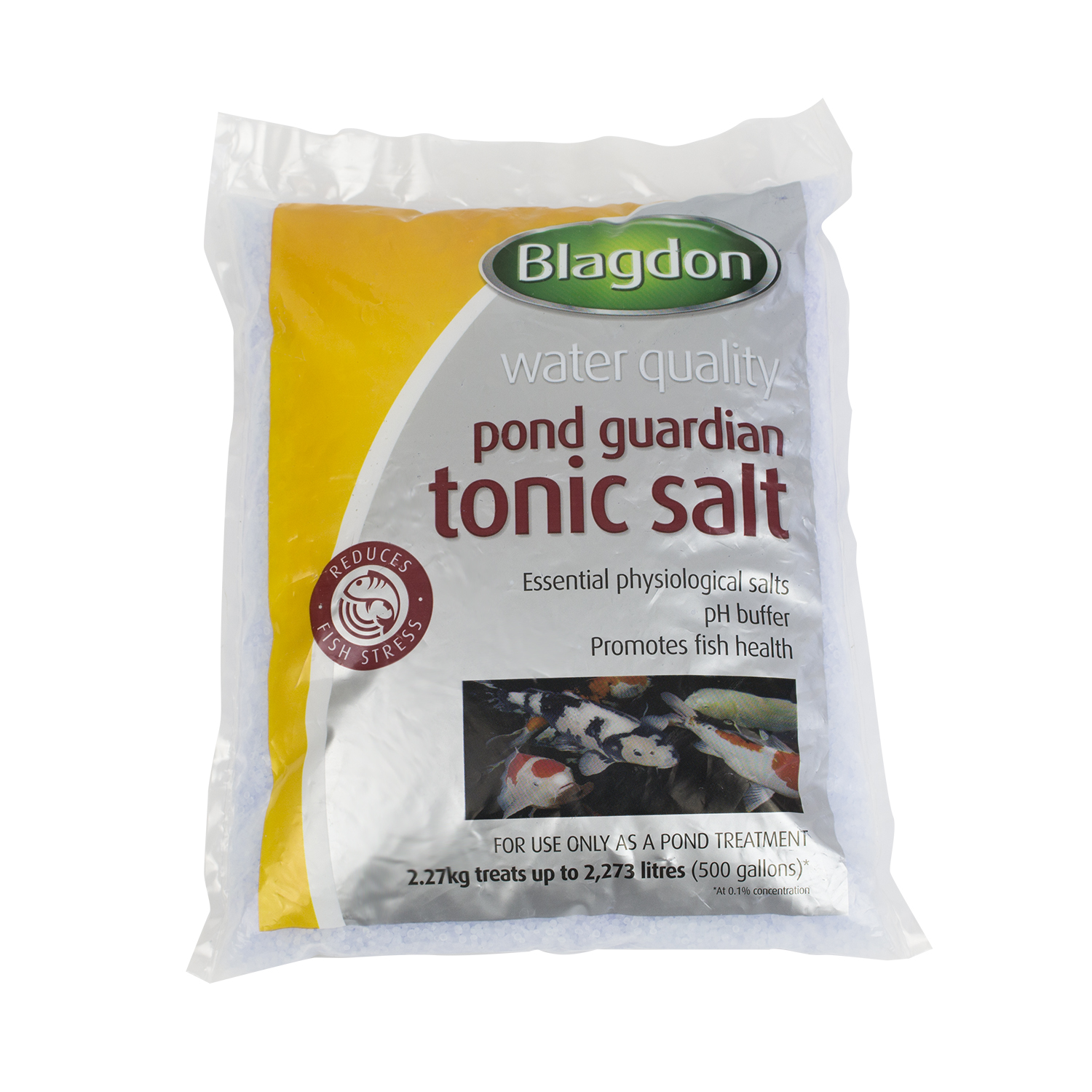
Blagdon Pond Guardian Pond Salt
Not what you are looking for? Back to Diagnose What's Wrong >


